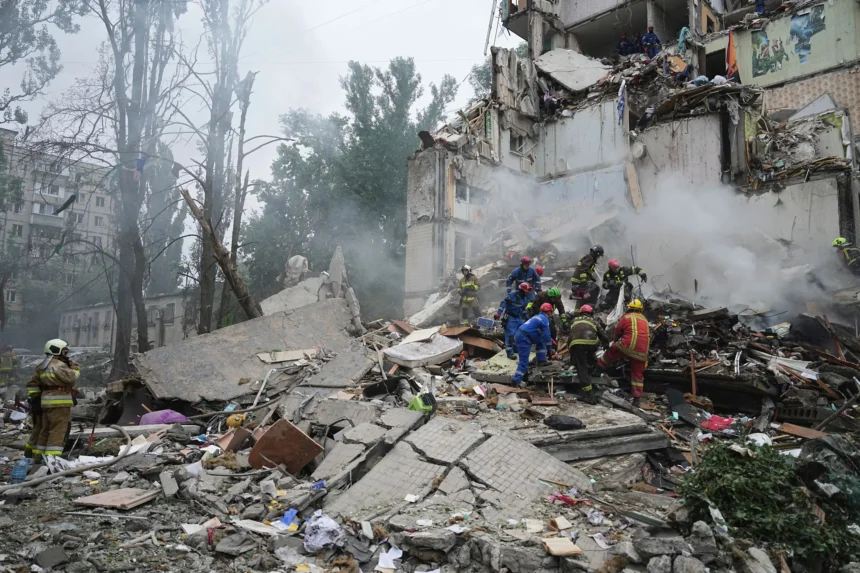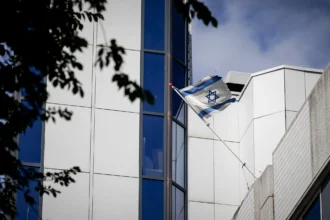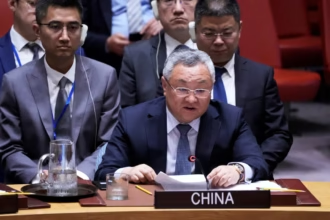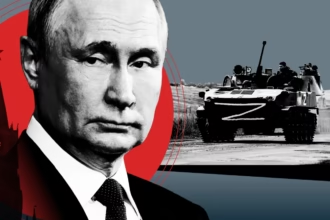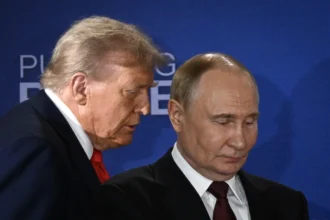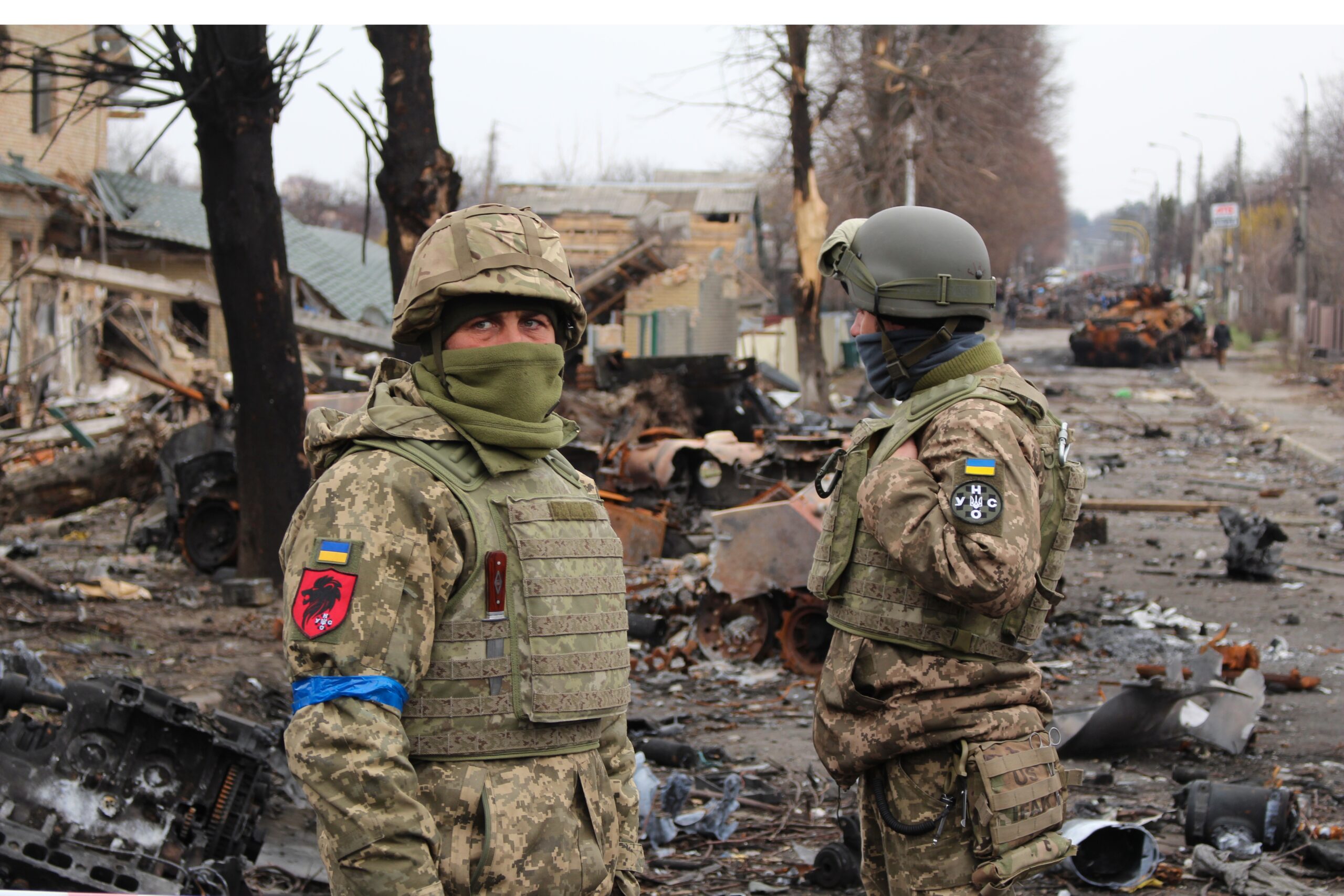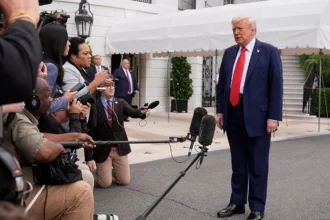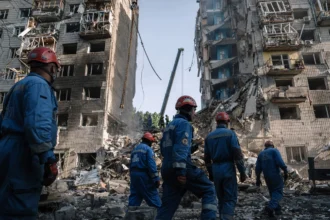As Russia faces mounting international pressure, the Kremlin is reportedly weighing a strategic offer: a limited air-truce in Ukraine proposed to former U.S. President Donald Trump. This potential move aims to mitigate the threat of secondary sanctions while allowing Russia to maintain its broader military campaign.
A Tactical Gesture, Not a Ceasefire
According to informed sources, the Kremlin’s proposal would pause air operations over certain contested areas without fully ending the conflict. The offer is designed as a calculated diplomatic signal rather than a commitment to peace, seeking to ease tensions with the United States and other Western powers while preserving Russia’s strategic goals on the ground.
The timing is significant: with Western nations increasingly threatening secondary sanctions that target entities and individuals indirectly supporting Russia’s war effort, Moscow appears to be exploring options to soften economic and political blowback. The limited air-truce could be used as leverage in negotiations aimed at lifting or easing sanctions pressure.
Balancing War Aims with Sanctions Risks
Despite the truce offer, the Kremlin remains resolute in its determination to continue military operations across Ukraine. Officials emphasize that the air-truce is not equivalent to a ceasefire or peace talks but a temporary measure to address specific operational concerns and international pressure.
This dual approach reflects Russia’s broader strategy: to maintain offensive momentum in Ukraine while avoiding full-scale diplomatic isolation or crippling economic sanctions. By engaging with figures like Donald Trump, known for his more sympathetic stance toward Russia, Moscow may be seeking alternative diplomatic channels amid strained relations with the current U.S. administration.
Implications for the Conflict and Diplomacy
The proposed air-truce, if accepted or publicly discussed, could reshape diplomatic dynamics surrounding the war. It may open a narrow window for negotiations or confidence-building measures, even as ground fighting continues unabated.
However, analysts caution that such gestures carry risks. A limited truce could be perceived as a tactical ploy rather than a genuine peace effort, potentially complicating efforts to reach a lasting resolution. Furthermore, any easing of sanctions or diplomatic pressure may face significant opposition from Western governments committed to supporting Ukraine’s sovereignty.
Conclusion
Russia’s consideration of an air-truce offer to Trump highlights the complex interplay between military strategy and international diplomacy in the Ukraine war. While Moscow seeks to navigate the growing sanctions threat, it remains committed to its military objectives, underscoring the protracted and volatile nature of the conflict.
As the situation evolves, the world watches closely to see whether this tactical move signals a new phase in diplomacy or merely another chapter in the ongoing war.

